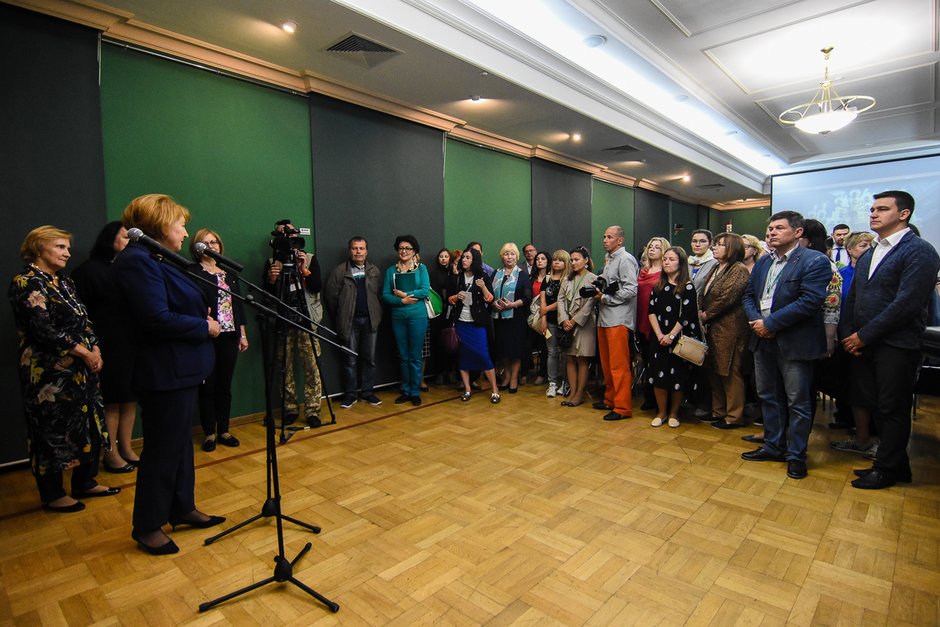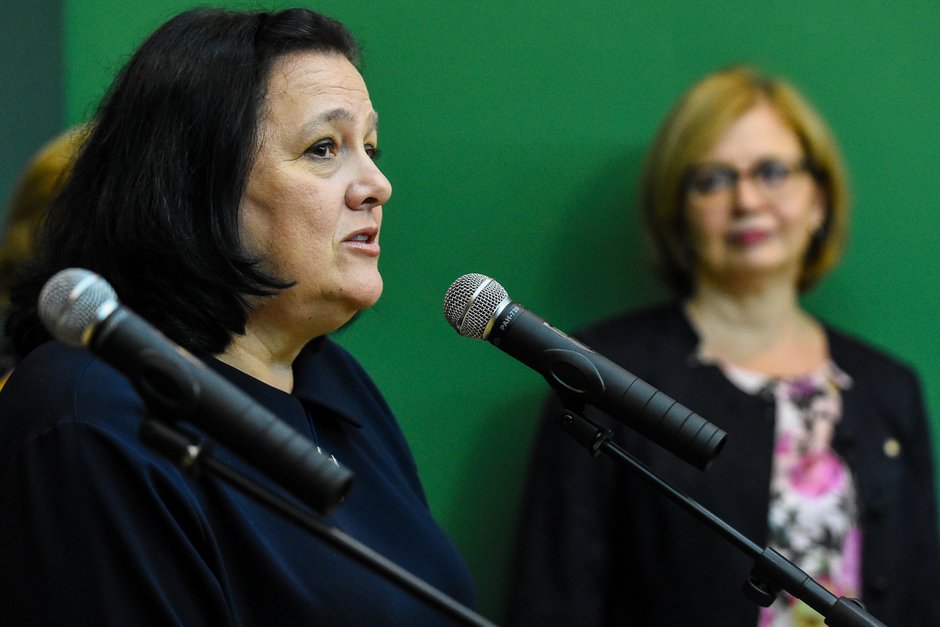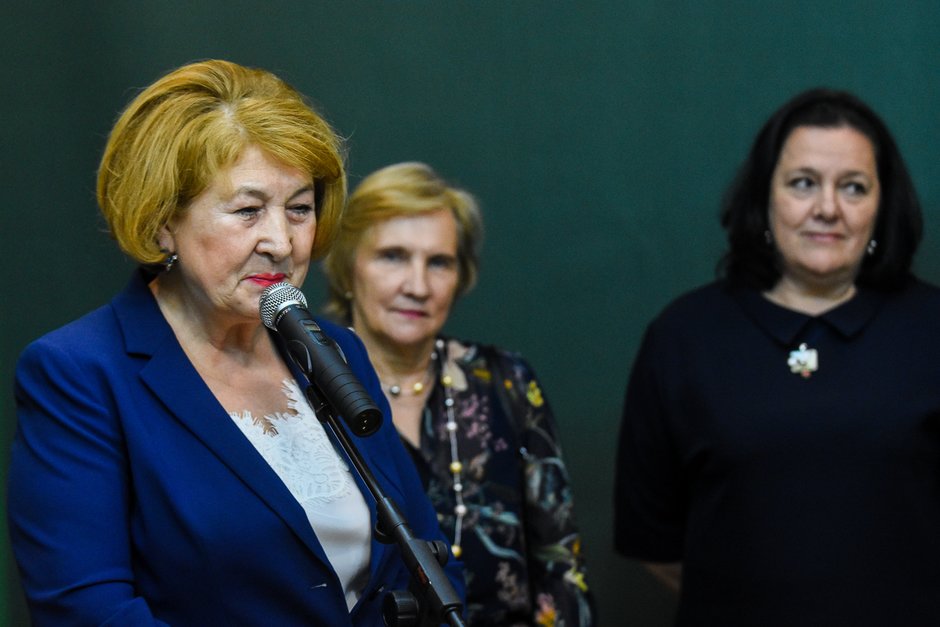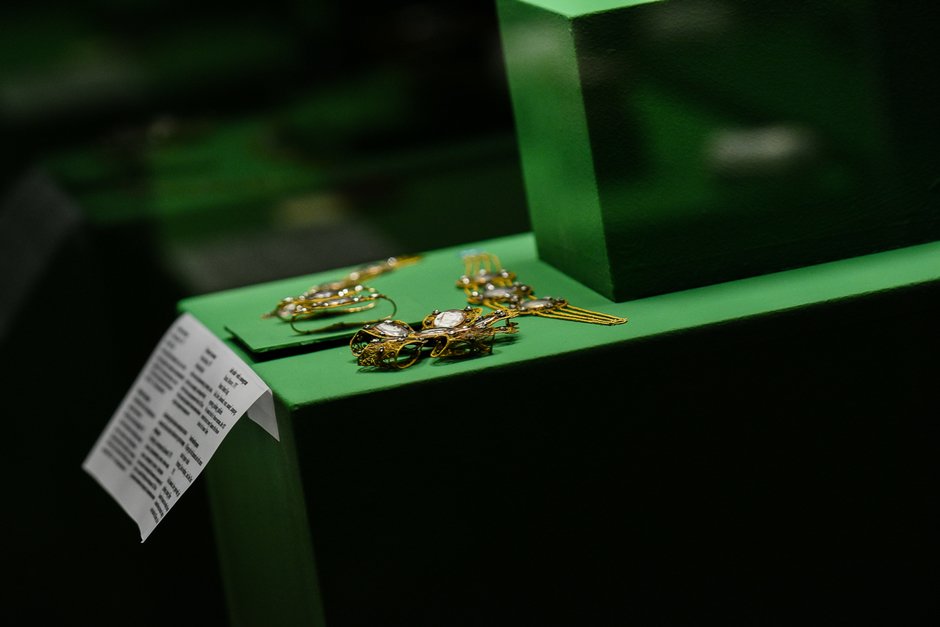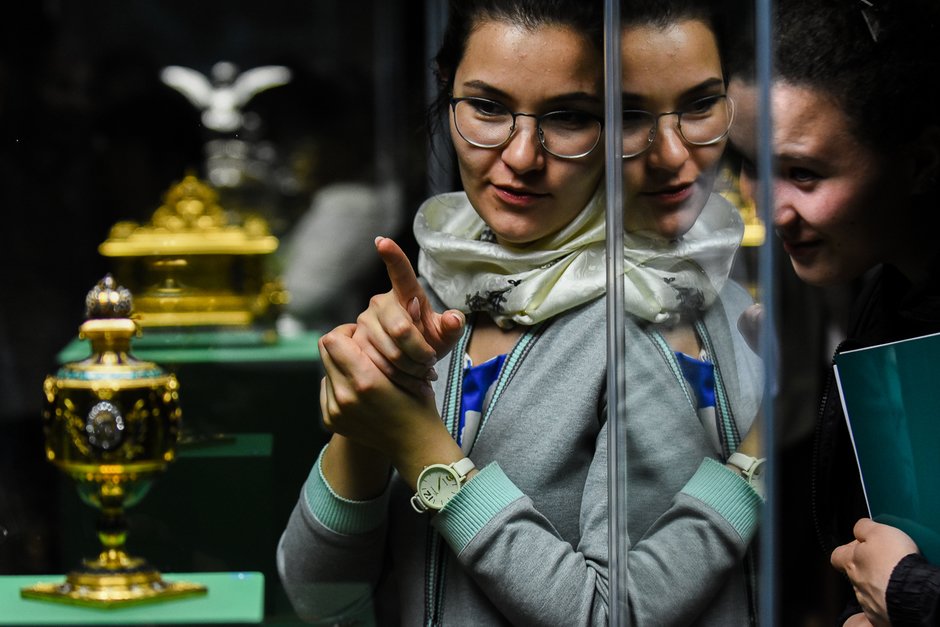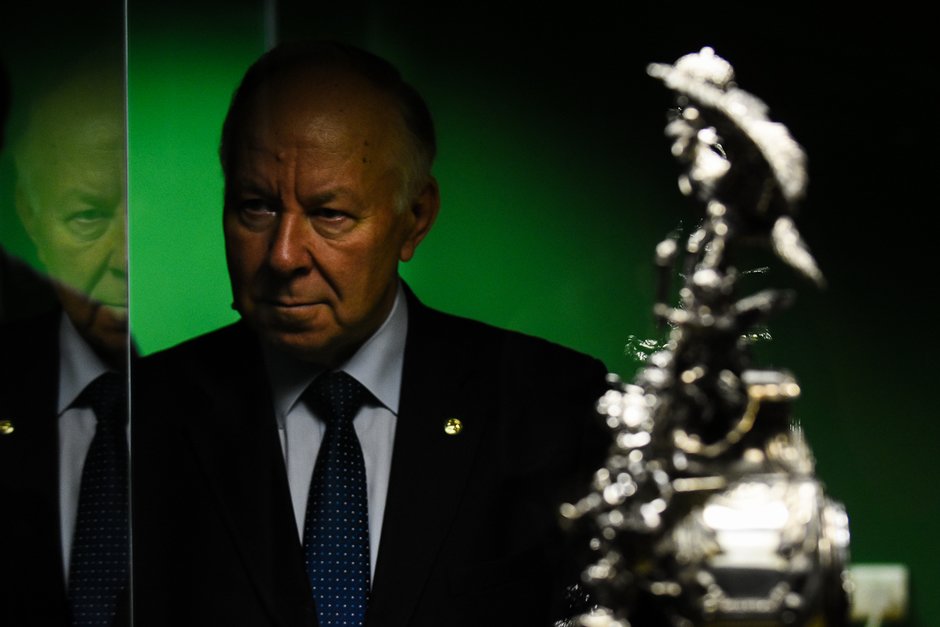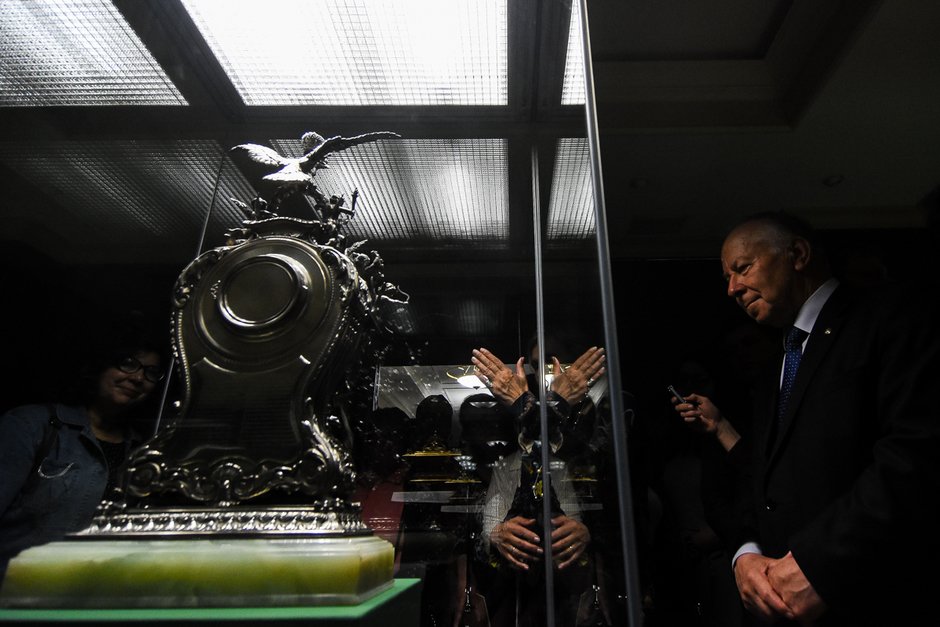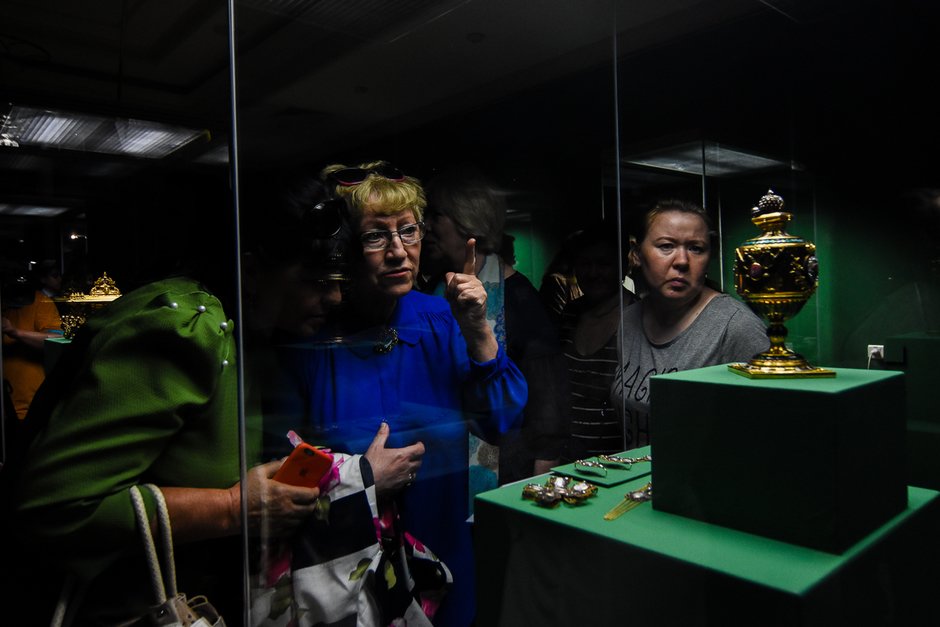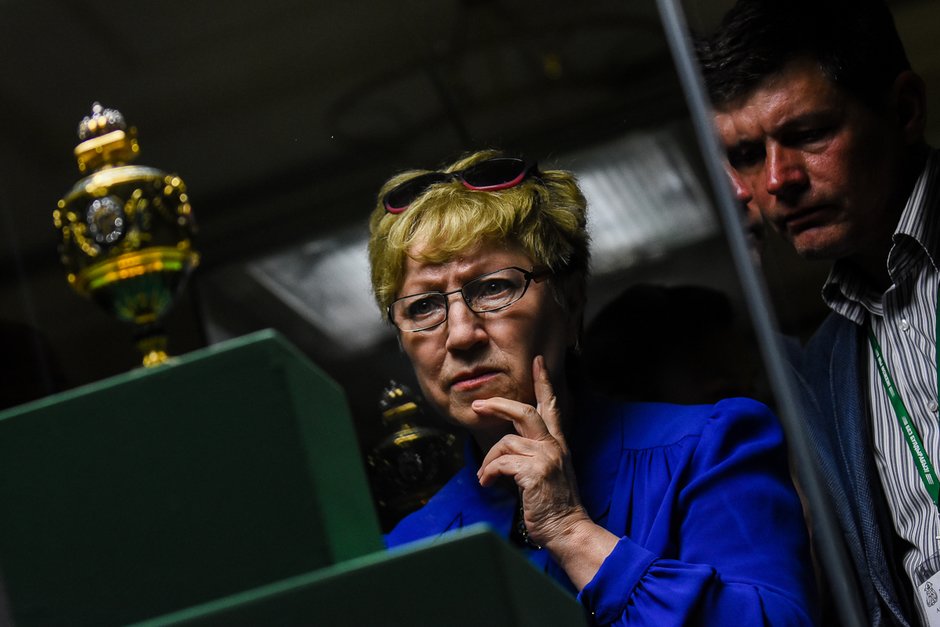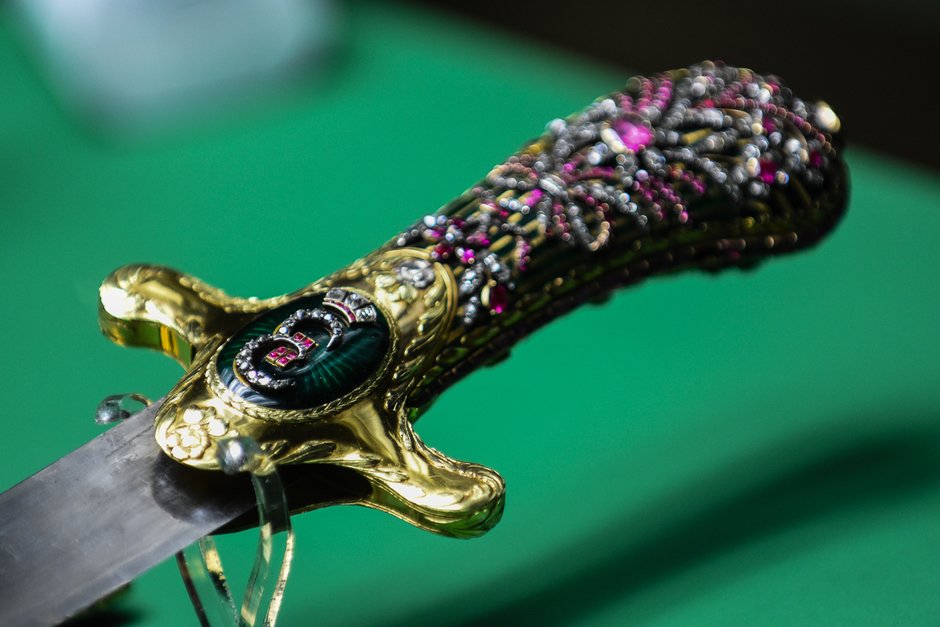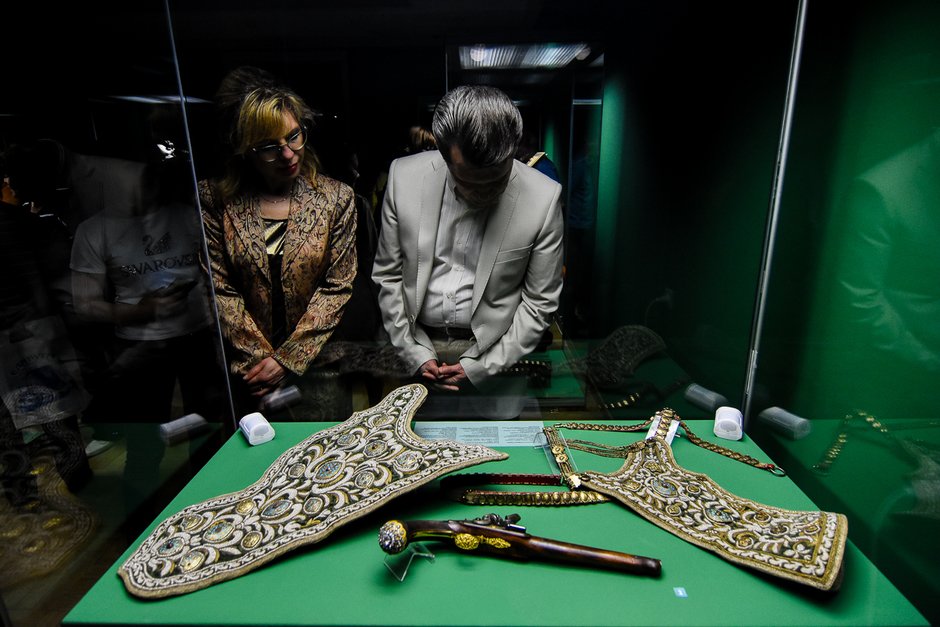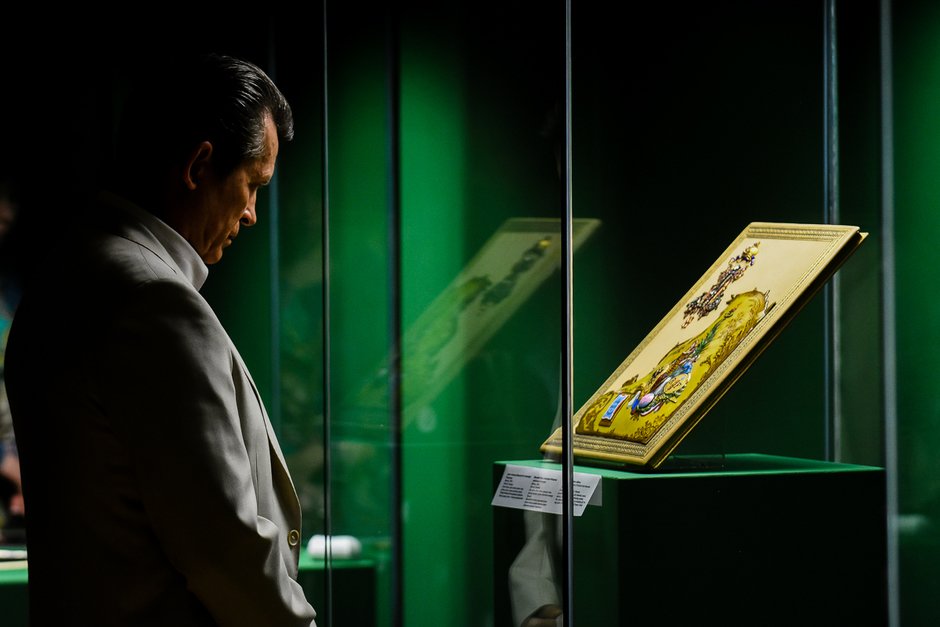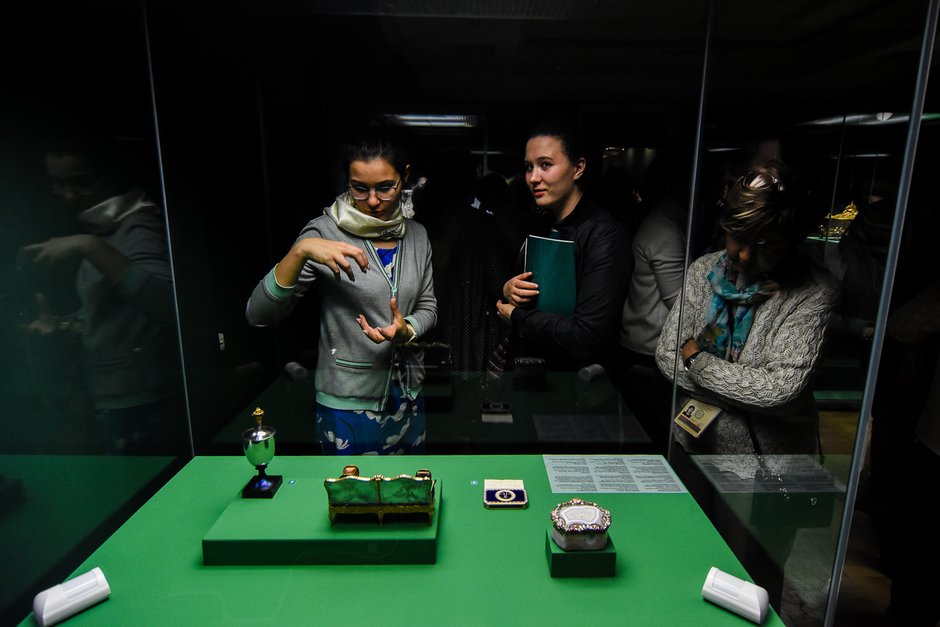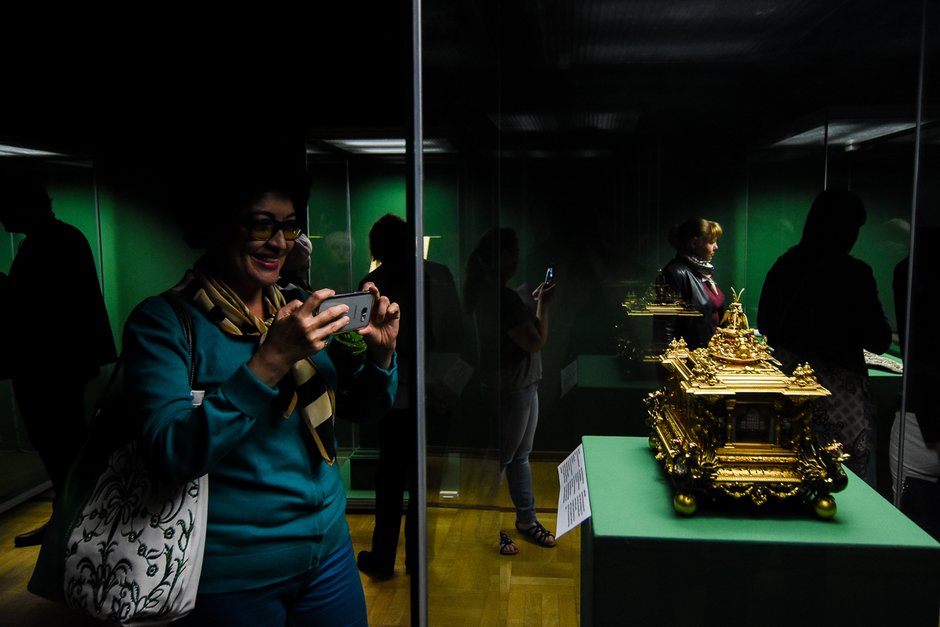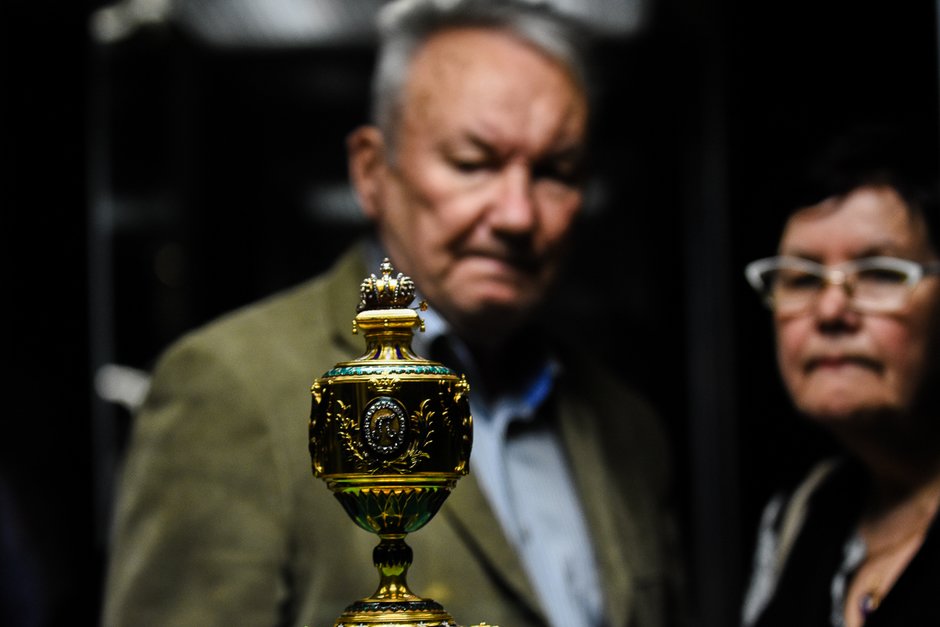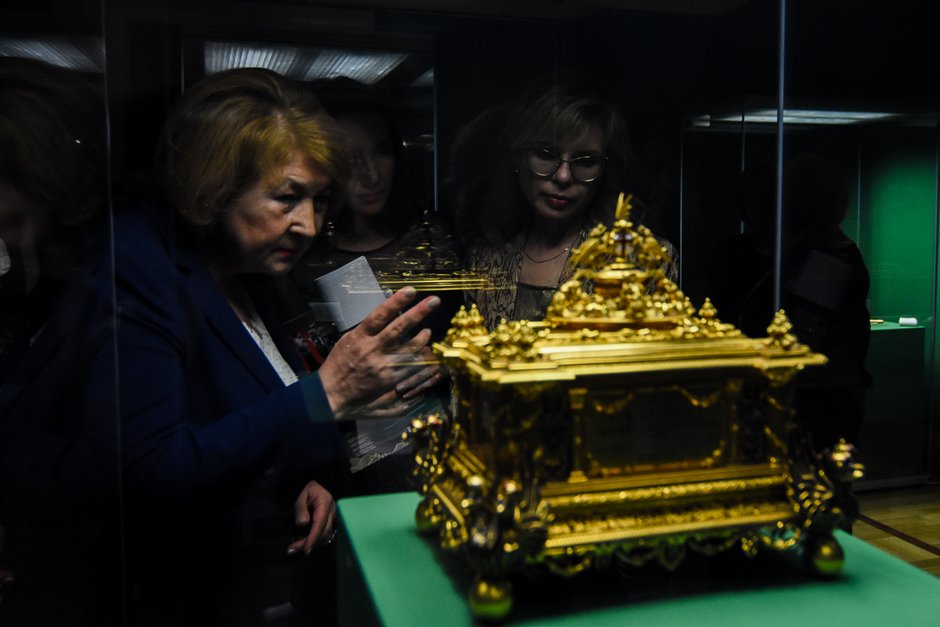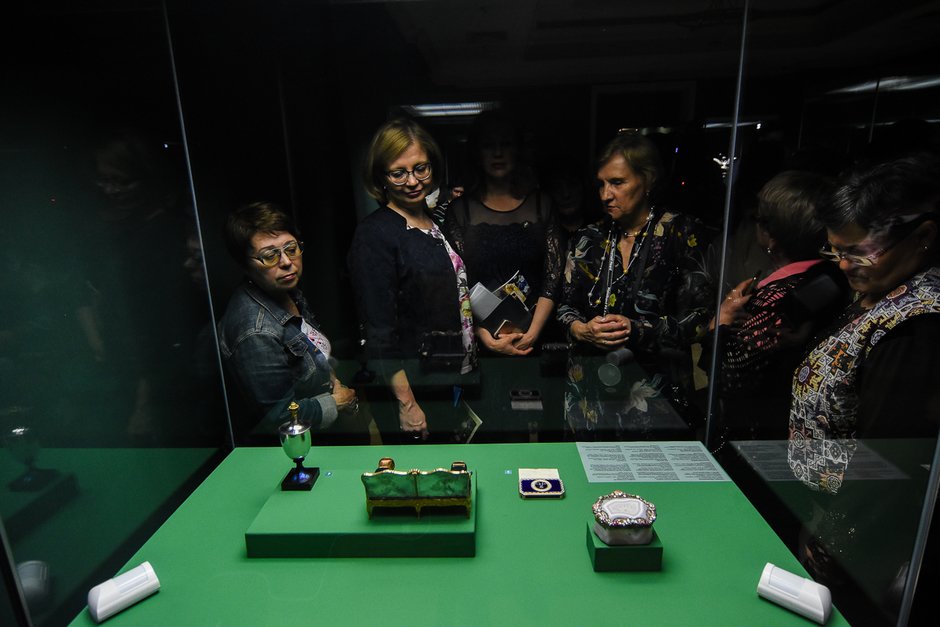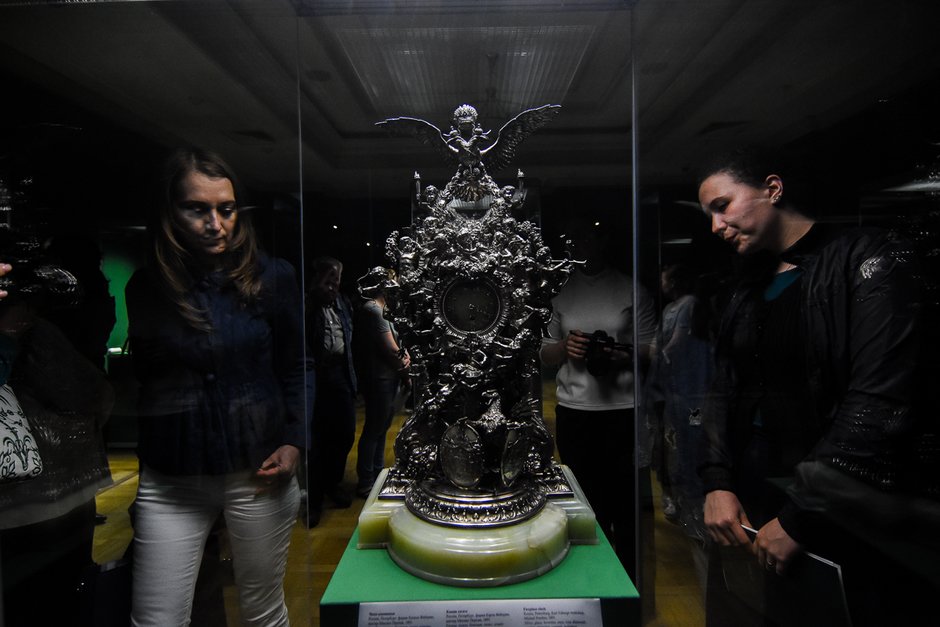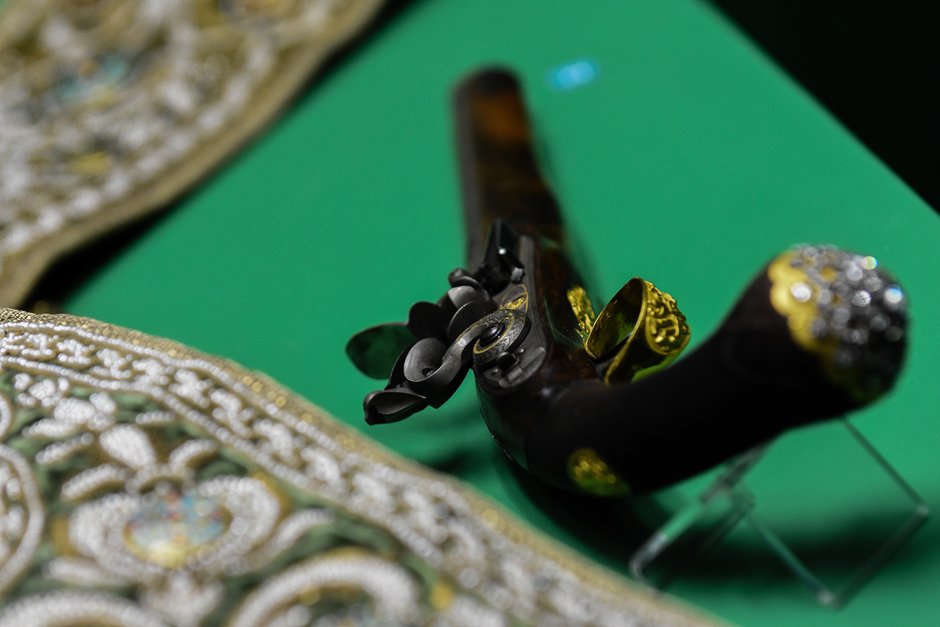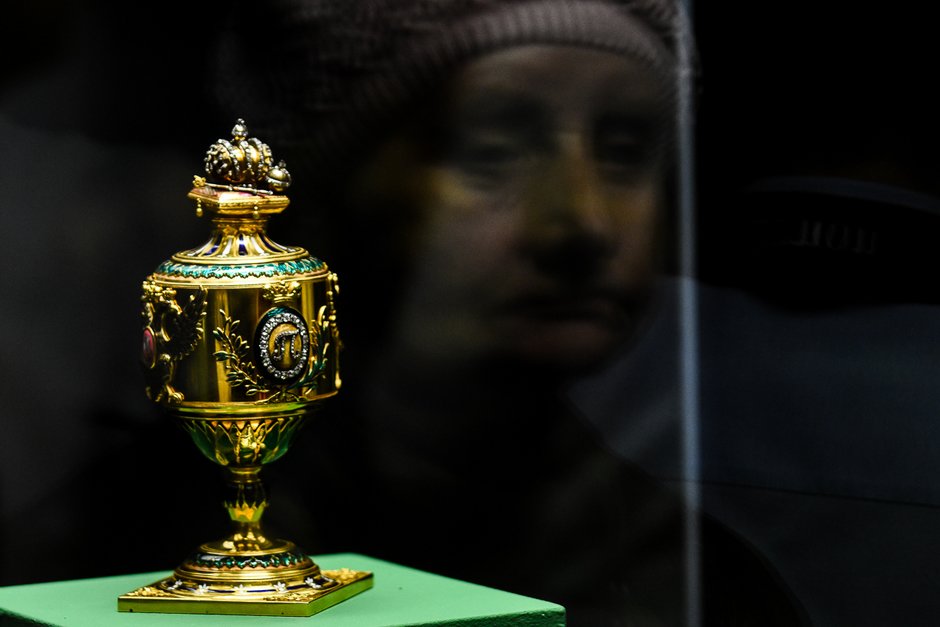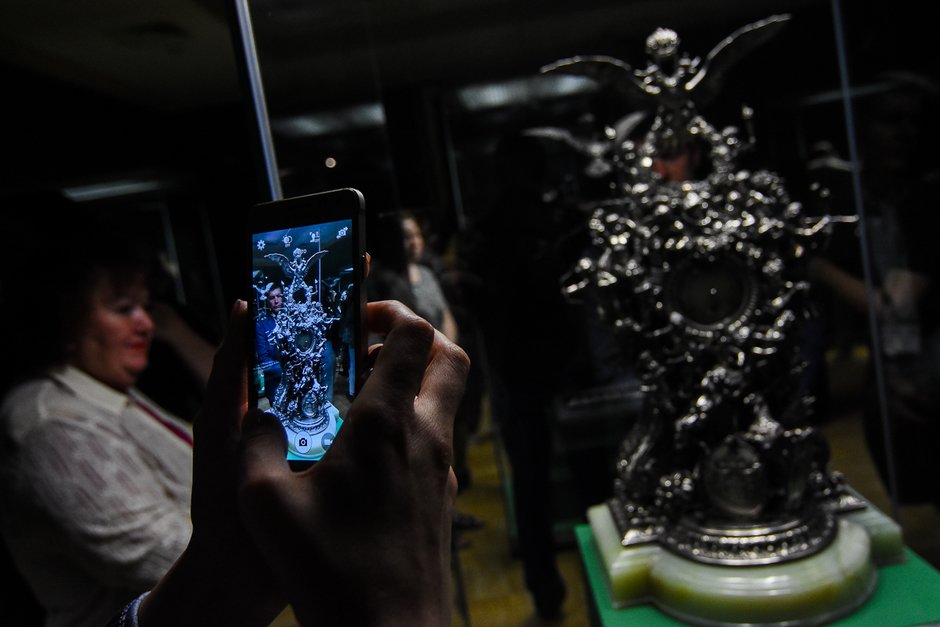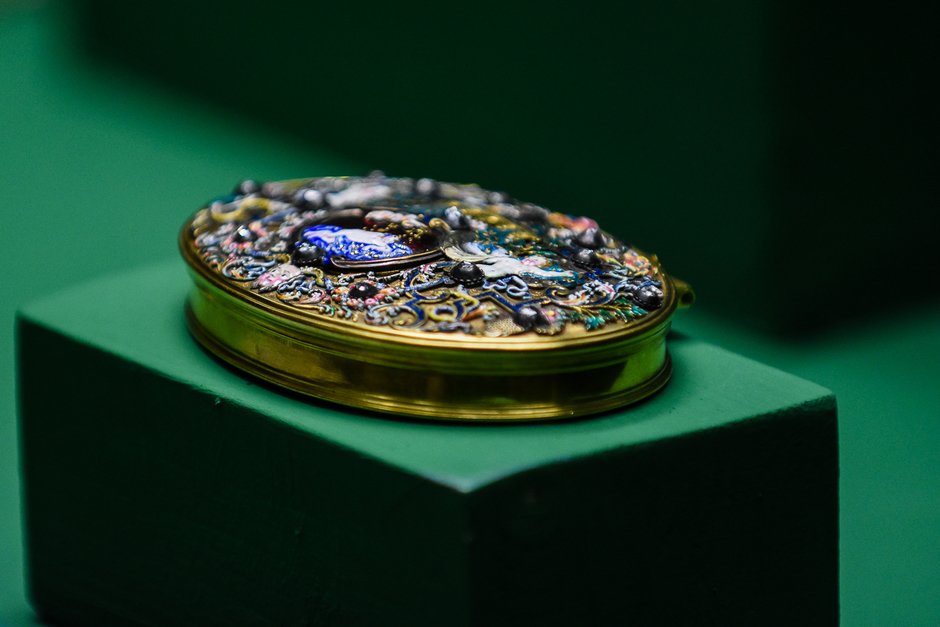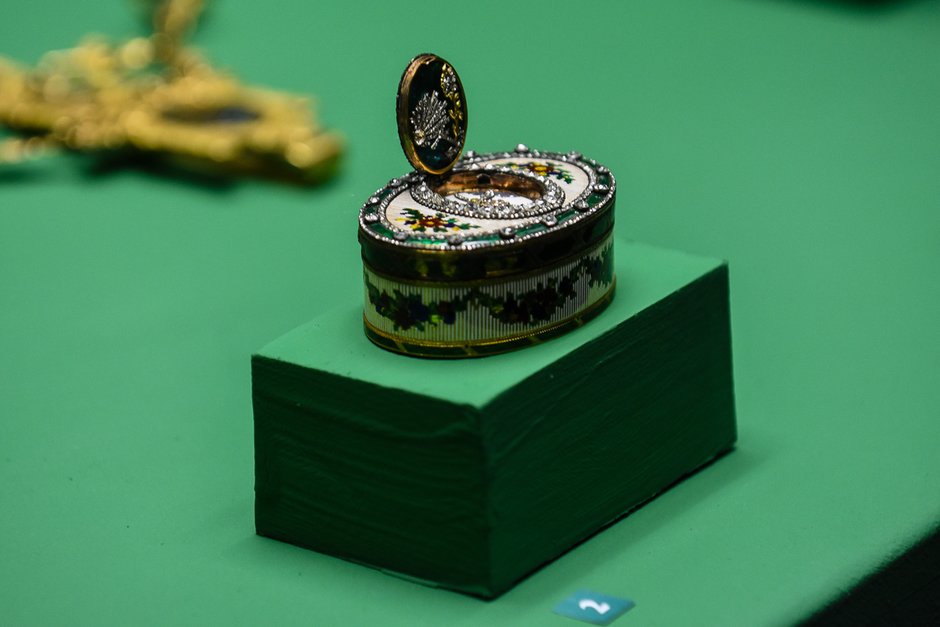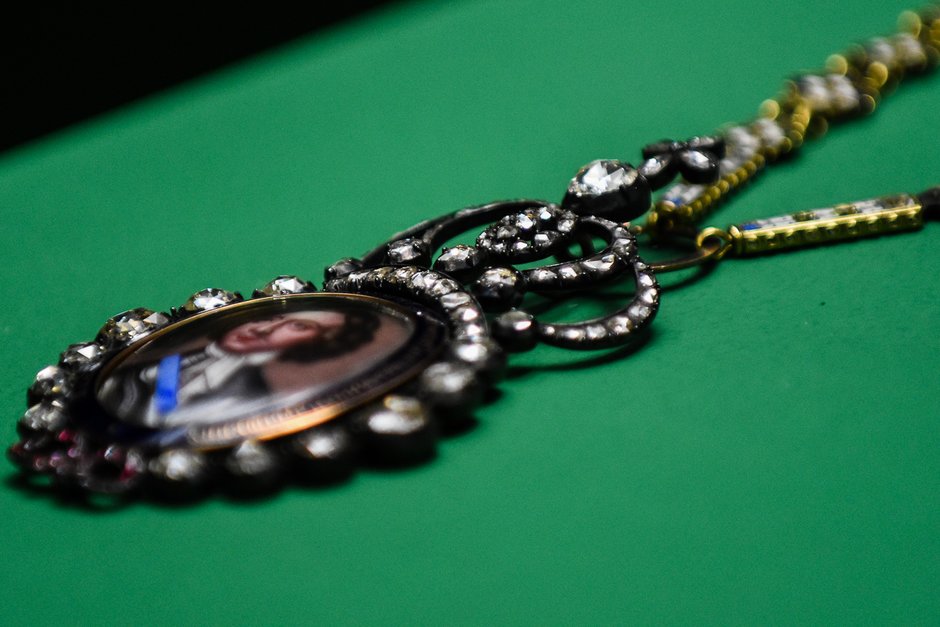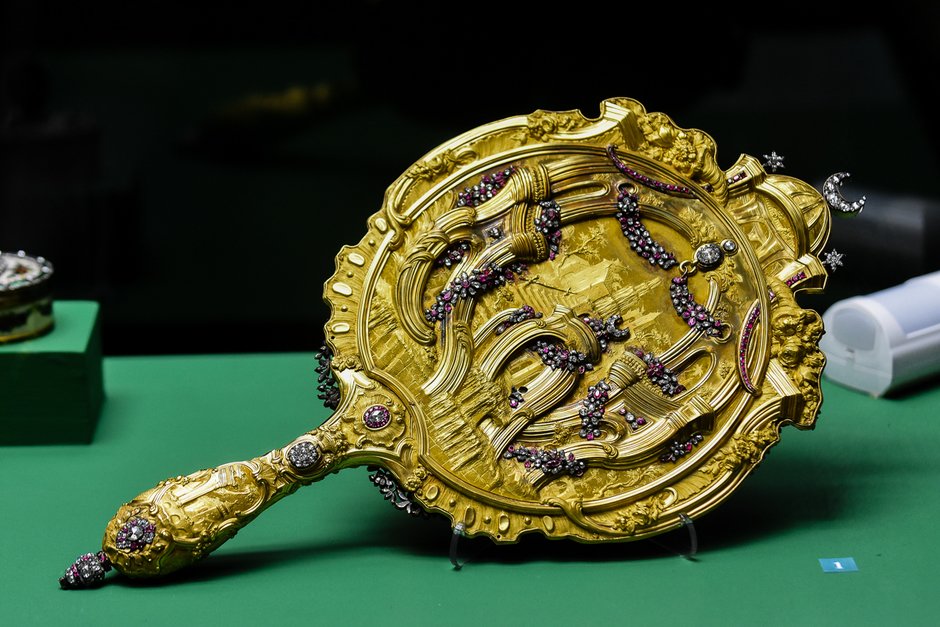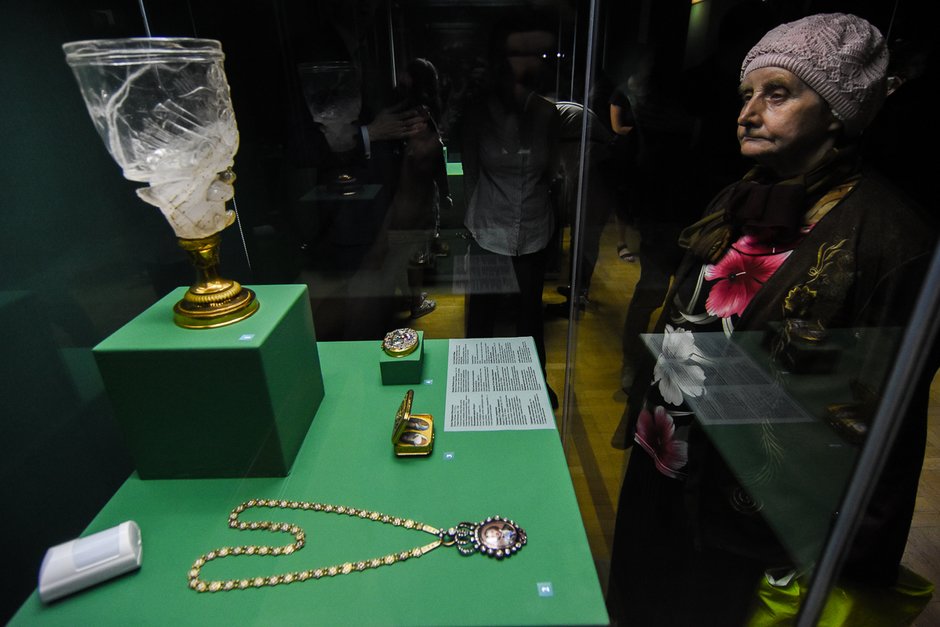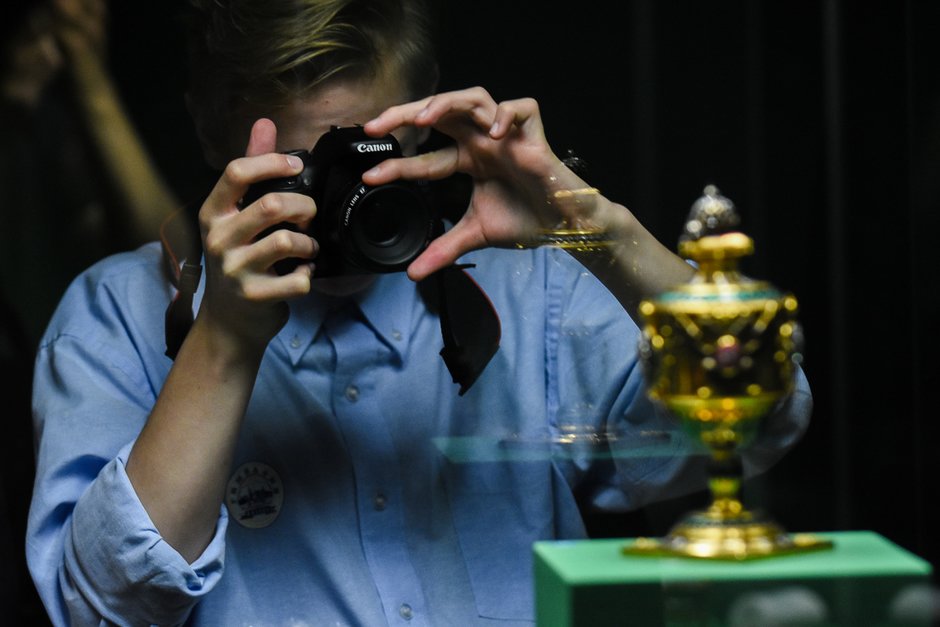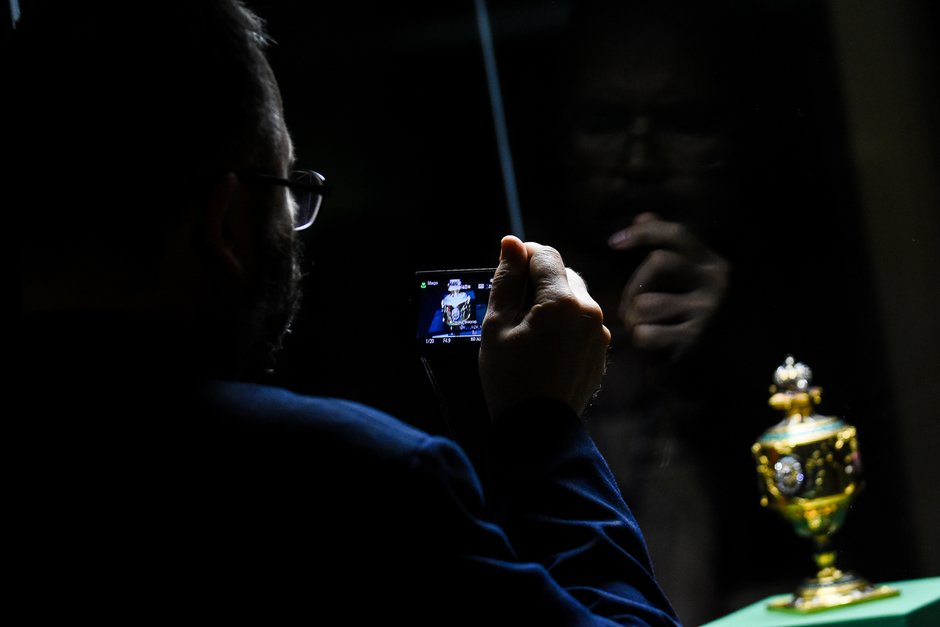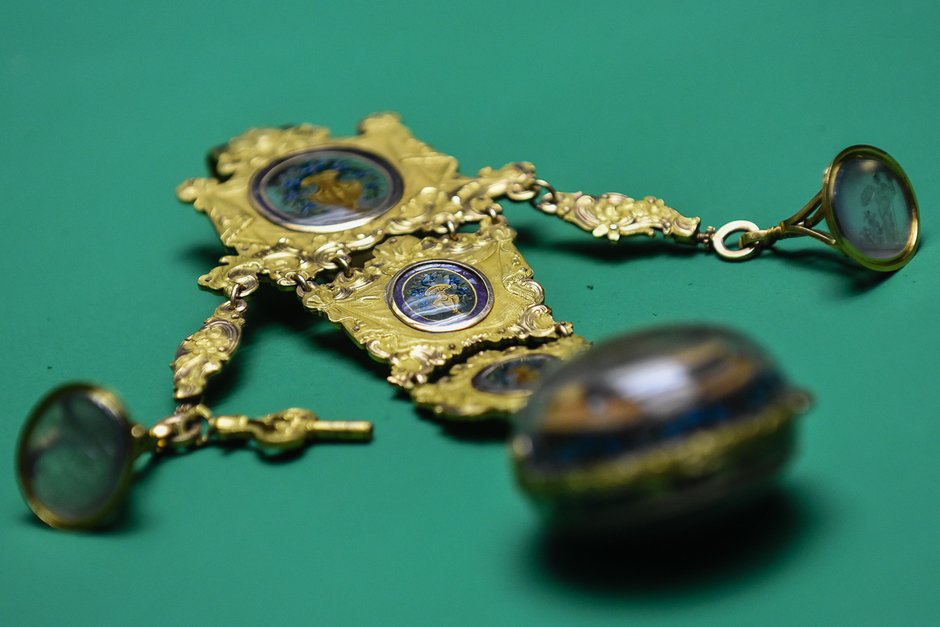Tsar's Gifts presented to Hermitage centre in Kazan
Authentic autograph of Nicholas II, Faberge Clock and gifts of the last Crimean khan
What did the last Russian Emperor and his wife give to the uncle on Christmas? What gift did Carl Fabergé give to the Imperial court? Where can one see an original autograph of Nicholas II? The answer to these questions are given at the exhibition Tsar's Gifts, which opened on June 5 in the centre Hermitage-Kazan. Read the details in the material of Realnoe Vremya.
''Security is corresponding''
''The new exhibition from the State Hermitage Museum's funds at Hermitage-Kazan centre is unscheduled, on the one hand, and on the other hand, it is a royal gift, which will be seen not only by Kazan residents, but also by the guests who will come for the World Cup, they will have an opportunity to get acquainted with the Hermitage treasures. These exhibits from the Hermitage and from other museums that have such treasures, most often, are not exhibited at other places,'' Zilya Valeeva, the director general of the museum-reserve Kazan Kremlin, commented on the event before the opening of the new exhibition.
According to her, although the exhibition is unscheduled, Tatarstan President Rustam Minnikhanov and the ministry of culture of the republic found an opportunity to pay for a very impressive insurance of exhibits, it is traditionally paid by Tatarstan itself.
The exhibition Tsar's Gifts is small — only 25 exhibits, but very informative because behind each exhibit there is an episode of Russian history. As employees of the State Hermitage Museum told, part of their diamond fund moved to Kazan for some period. Part of the exhibits was in the chambers of Empress Catherine the Great.
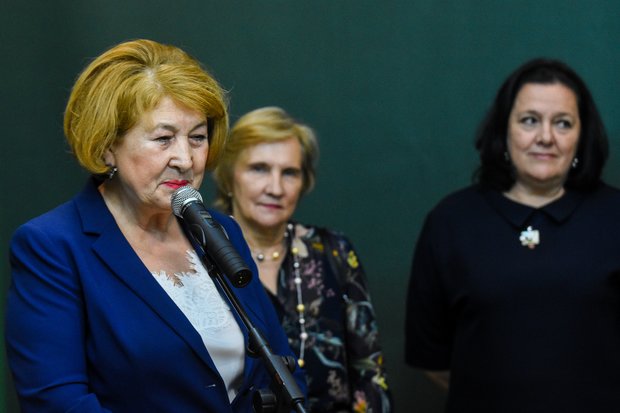
Naturally, the exhibits went to Kazan under uncreased security, their movements were followed by Director of the State Hermitage Mikhail Piotrovsky. Now Hermitage-Kazan centre has taken unprecedented measures to secure it. As explained by the staff of the Hermitage, each of these exhibits has its own passport, where the weight of the precious metal, carat stones are designated. If for some reason a stone falls and is lost, it is impossible to replace it with a new one, the corresponding note is written in the passport.
Girls' best friends
Placers of diamonds and other precious stones dazzle the eyes at the chamber exhibition. Almost all the exhibits are generously decorated with them. At the time, Russian monarchs received them as gifts, or they gave them themselves as presents. For example, the unique snuff box with a monogram of Alexander I, made by a French master in 1800. Material — gold, silver, diamonds.
It is accompanied by a tiny note with the text written by hand in a sweeping handwriting: ''To dear uncle Alexei from Alix and Nicky. Christmas tree''. This is a Christmas gift from the last Russian Emperor and his wife to Grand Duke Alexei Alexandrovich. Obviously, the Grand Duke kept the gift with the note, the autograph of the Emperor is genuine.
Here is another snuff box, it was presented to Peter I by Augustus II. On the lid there is enamel painting — Venus and Cupid. In this snuff box, the Emperor kept snuff, which corresponded to his European-oriented character. The gift itself is an example of gallant diplomacy.
However, the emperors also made generous gifts. For special merits, for example, it was possible to be awarded a portrait of the monarch. Such gift is in the exhibition, it is a portrait of the Emperor, given to the faithful companion of Peter the Great to Semen Grigorievich Naryshkin. The portrait was worn on the neck and was equal to the order.
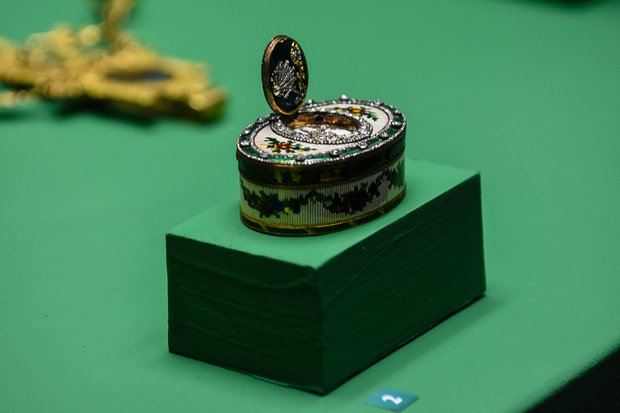
Turkish Sultan Osman II presented to Empress Elizabeth Petrovna the mirror skillfully executed by English masters in a gold frame covered with diamonds and rubies — it is also an example of diplomacy. After the joining of Crimea, the last of the Crimean khans presented Russian Empress Catherine the Great an outfit of eight items for the grandson of Grand Duke Alexander Pavlovich. The quiver and the case for holding arrows made of silk, velvet, embroidered with gold threads, decorated with pearls, turquoise, jade, emeralds came to Kazan.
Naturally, the exhibition could not do without the products of the company Carl Fabergé. The company of the famous jeweler is represented by a silver fireplace clock, decorated with twenty-five figures playing musical instruments. Their number is not accidental — the clock was made for the silver wedding of the parents of Nicholas II — Emperor Alexander III and Empress Maria Feodorovna.
The clock was taken to Europe, it passed from hand to hand and finally got to the Sotheby's auction, where it was bought in 2004, and by the anniversary of the State Hermitage Museum it was donated by the president of Russia.
Twenty-five items are twenty-five stories and twenty-five masterpieces of decorative and applied art. This is a very nice and interesting to study the history by this beautiful and unique exhibits.

